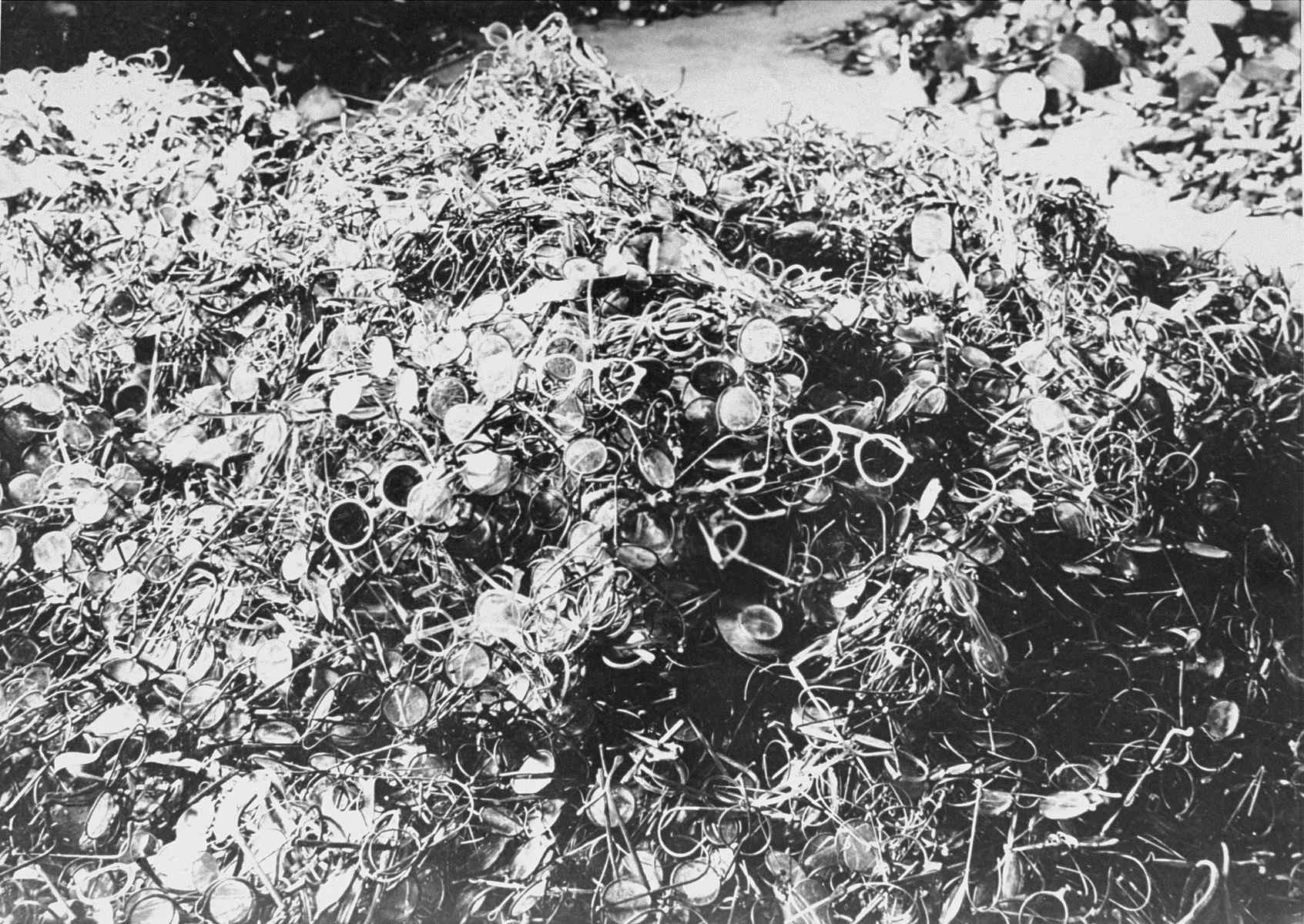
Gas chambers are a dark chapter in human history, often associated with the atrocities of World War II. These devices were used for mass executions, primarily during the Holocaust. Gas chambers utilized poisonous gases like Zyklon B to kill large groups of people quickly and efficiently. Understanding the grim reality of gas chambers is essential to remember the past and ensure such horrors never happen again. This article will provide 15 facts about gas chambers, shedding light on their history, operation, and impact. By learning about these facts, we honor the memory of those who suffered and perished.
The Origin of Gas Chambers
Gas chambers have a dark history, primarily associated with the Holocaust during World War II. However, their origins and use extend beyond this period.
- The first recorded use of gas chambers was in the United States in 1924 for capital punishment.
- Nevada was the first state to adopt this method, using cyanide gas to execute convicted murderer Gee Jon.
- Gas chambers were initially seen as a more humane alternative to hanging or electrocution.
Gas Chambers During the Holocaust
The most infamous use of gas chambers occurred during the Holocaust, where they became a tool for mass murder.
- Nazi Germany used gas chambers in extermination camps like Auschwitz, Sobibor, and Treblinka.
- Zyklon B, a cyanide-based pesticide, was the primary gas used in these chambers.
- Over one million people were killed in gas chambers at Auschwitz alone.
- Victims were often told they were going to take a shower to prevent panic before being led into the chambers.
Design and Function
The design of gas chambers varied, but they all served the same grim purpose.
- Gas chambers were often disguised as shower rooms to deceive victims.
- They were airtight to ensure the gas did not escape and affect the operators.
- Ventilation systems were installed to clear the gas after executions, making the chambers ready for the next group.
Post-War Trials and Reactions
After World War II, the use of gas chambers was scrutinized and condemned globally.
- The Nuremberg Trials brought many Nazi officials to justice for their roles in the Holocaust, including the use of gas chambers.
- The horror of gas chambers led to a global push for human rights and the prevention of genocide.
- Many Holocaust survivors have shared their harrowing experiences to ensure the world never forgets.
Modern-Day Use and Abolition
While gas chambers are largely a relic of the past, their legacy continues to influence modern discussions on capital punishment.
- Some U.S. states retained gas chambers as a method of execution until the late 20th century.
- Today, lethal injection has largely replaced gas chambers, though a few states still have them as a backup method.
Final Thoughts on Gas Chambers
Gas chambers represent one of history's darkest chapters. Used primarily during the Holocaust, these devices were designed for mass murder. Understanding their history helps us remember the atrocities committed and the importance of preventing such horrors in the future.
These chambers were not just tools of death but symbols of extreme cruelty and inhumanity. Learning about them isn't just about knowing facts; it's about honoring the memories of those who suffered and ensuring such events never happen again.
By educating ourselves and others, we contribute to a world that values human rights and dignity. Remembering the past, no matter how painful, is crucial for building a better future. Let's continue to educate, remember, and advocate for a world free from such atrocities.
Was this page helpful?
Our commitment to delivering trustworthy and engaging content is at the heart of what we do. Each fact on our site is contributed by real users like you, bringing a wealth of diverse insights and information. To ensure the highest standards of accuracy and reliability, our dedicated editors meticulously review each submission. This process guarantees that the facts we share are not only fascinating but also credible. Trust in our commitment to quality and authenticity as you explore and learn with us.


